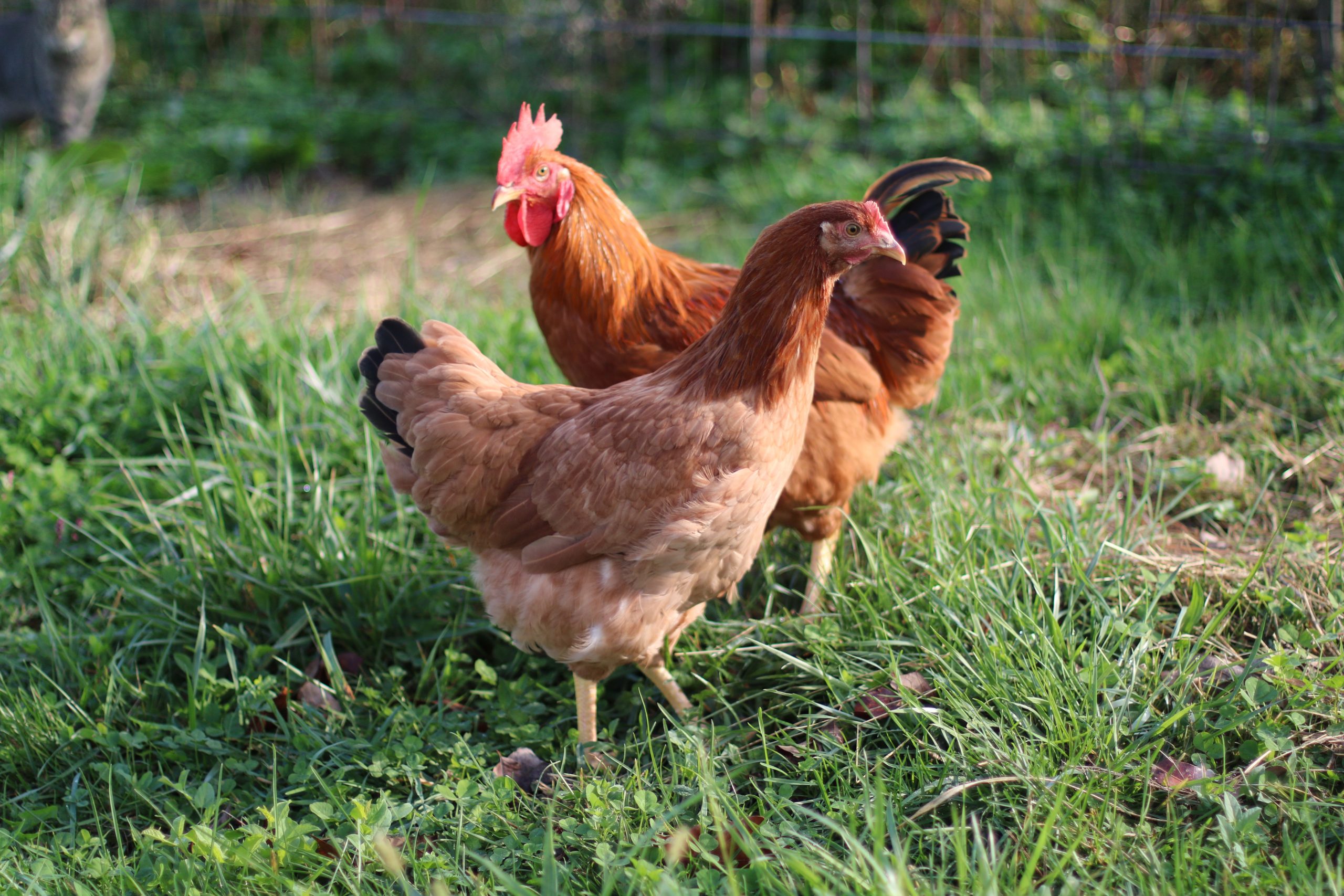Ask a major league baseball manager what team member is most valuable and he is likely to answer, “my utility player”. Rarely a famous media star, a utility player is a flexible athlete who can, at short notice, skillfully play many positions. If a star player is sick or injured a utility man fills the gap.
New Hampshire Reds are the “utility player” chicken breed. They may not be the absolutely most prolific layer, the fastest growing broiler, the most beautifully colored chicken, or the very best broody hen. But, they are darn good at all of them. That may be due to their heritage.
New Hampshire Reds have characteristics of the Granite State, the place where breeders developed them about a century ago. Although a small state, New Hampshire ranges from the lofty White Mountains to the sandy Atlantic seashore. Its climate varies from bone chilling winters to hot humid summers. Until relatively recently it was a land of small farms owned by rugged, independent Americans who raised crops, made maple syrup, and tended sheep, cattle, hogs, and chickens. That varied landscape and climate helped form one of the most versatile of chicken breeds.

New Hampshire Red breeders may have envied fellow New Englanders in nearby Rhode Island. They had developed the Rhode Island Red, a breed that quickly gained worldwide fame for its amazingly laying ability. New Hampshire poultry breeders decided to create a breed with a different purpose, one that would grow faster than the Rhode Island Red yet still produce plenty of eggs. They succeeded, and the New Hampshire Red was accepted into the American Poultry Association’s Standard of Perfection in 1935.
Before the development of the Cornish Rock and other fast-growing chickens, the New Hampshire was the champion broiler. It grew faster than most other heritage breeds and was the center of many delicious Sunday dinners.
Although meat production was the goal, New Hampshire Reds are not laying slouches. They are a versatile backyard bird. Hardy and hardworking, hens lay at least 200 eggs a year. Bred to thrive in small flocks in New Hampshire’s varied weather they thrive in backyard flocks anywhere. New Hampshires are decent layers, pleasant to be around, and fast growing.
Although both the New Hampshire and Rhode Island Reds share the same-colored feathers, their shades of red are different. New Hampshire’s have a light hue, almost rusty or honey colored, while Rhode Island Reds are more of a deep mahogany red. A few New Hampshire’s strutting around the backyard can look golden in the sunshine.
Hoover’s Hatchery offers a strain of the New Hampshire Red that’s tough to beat in a backyard flock.